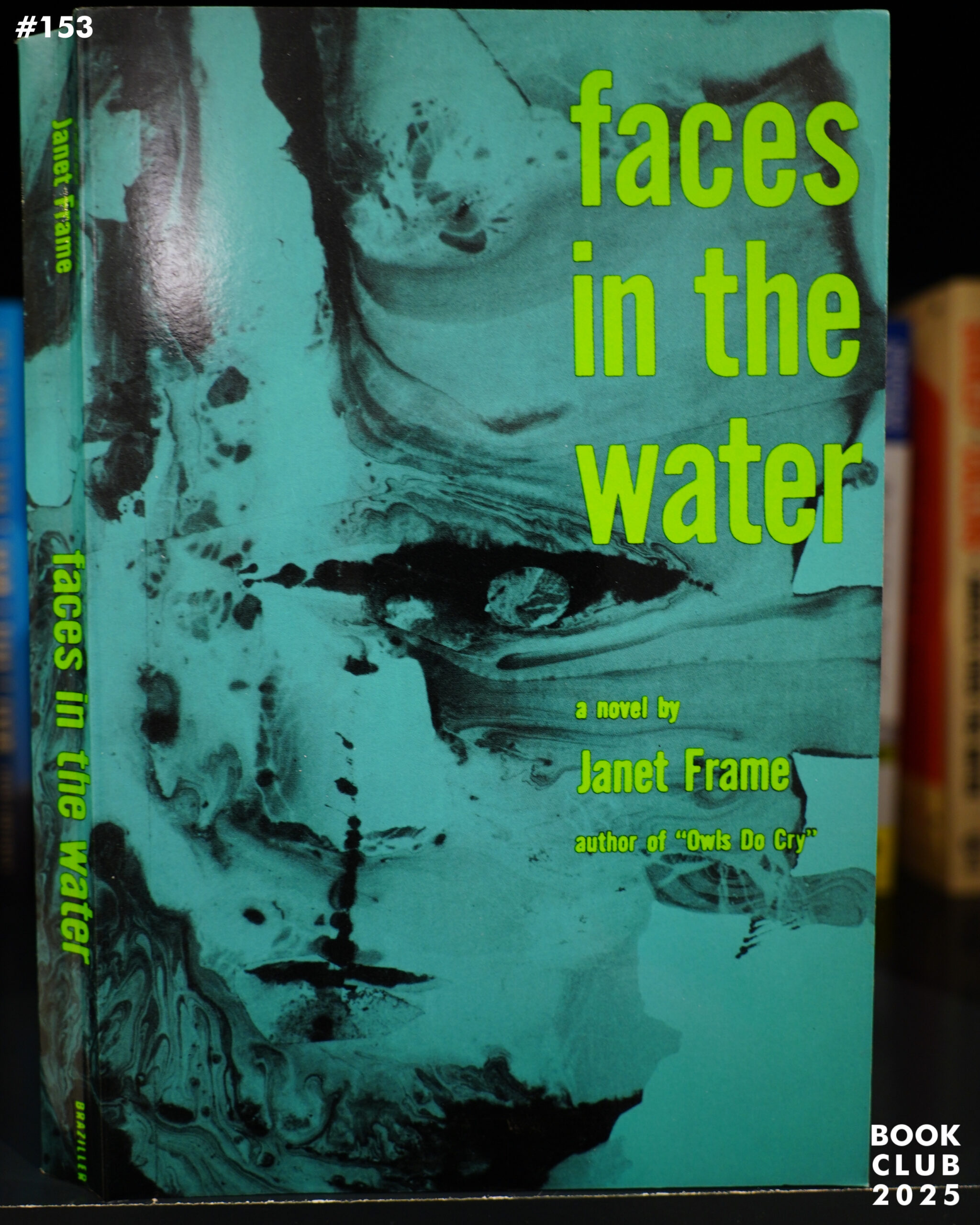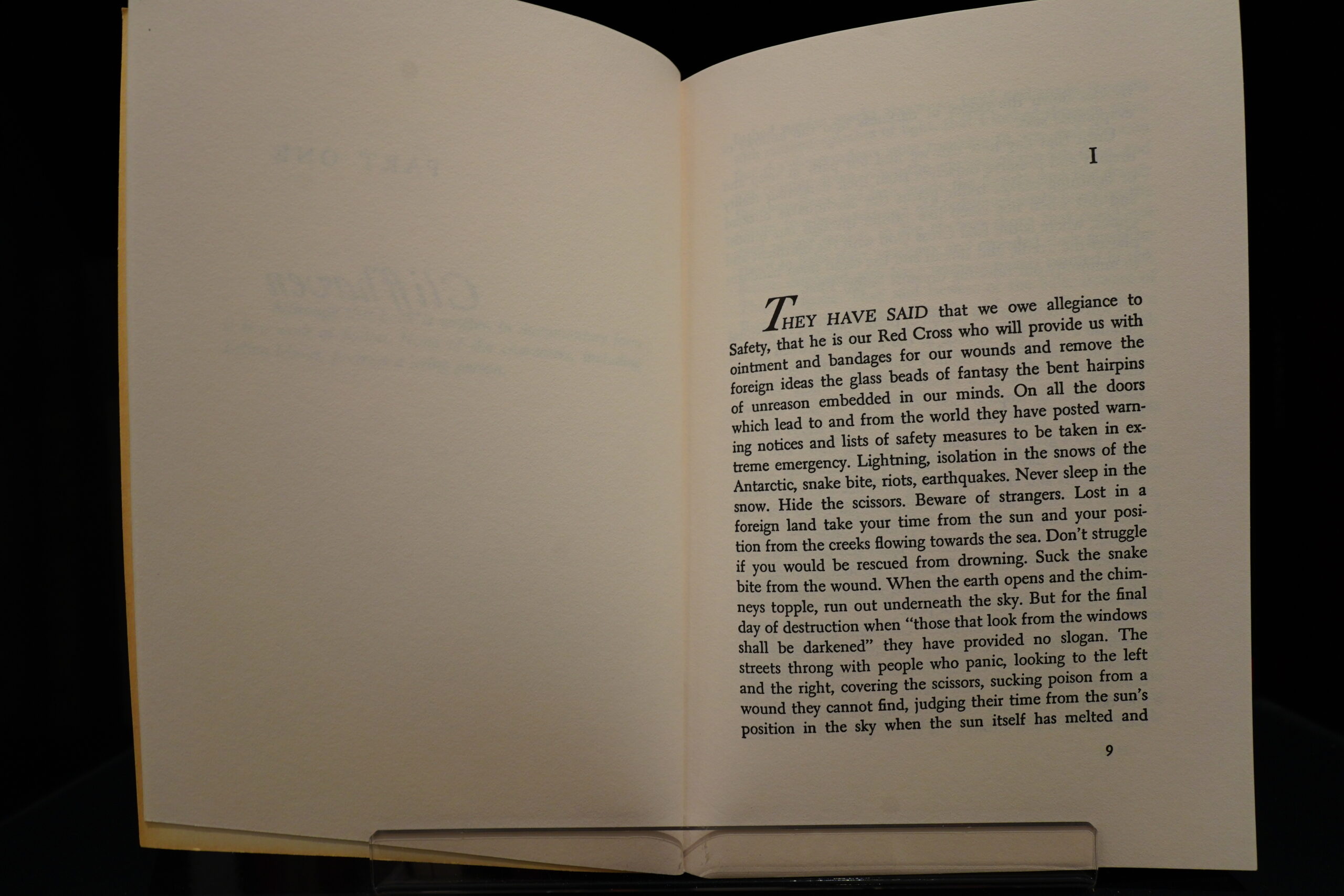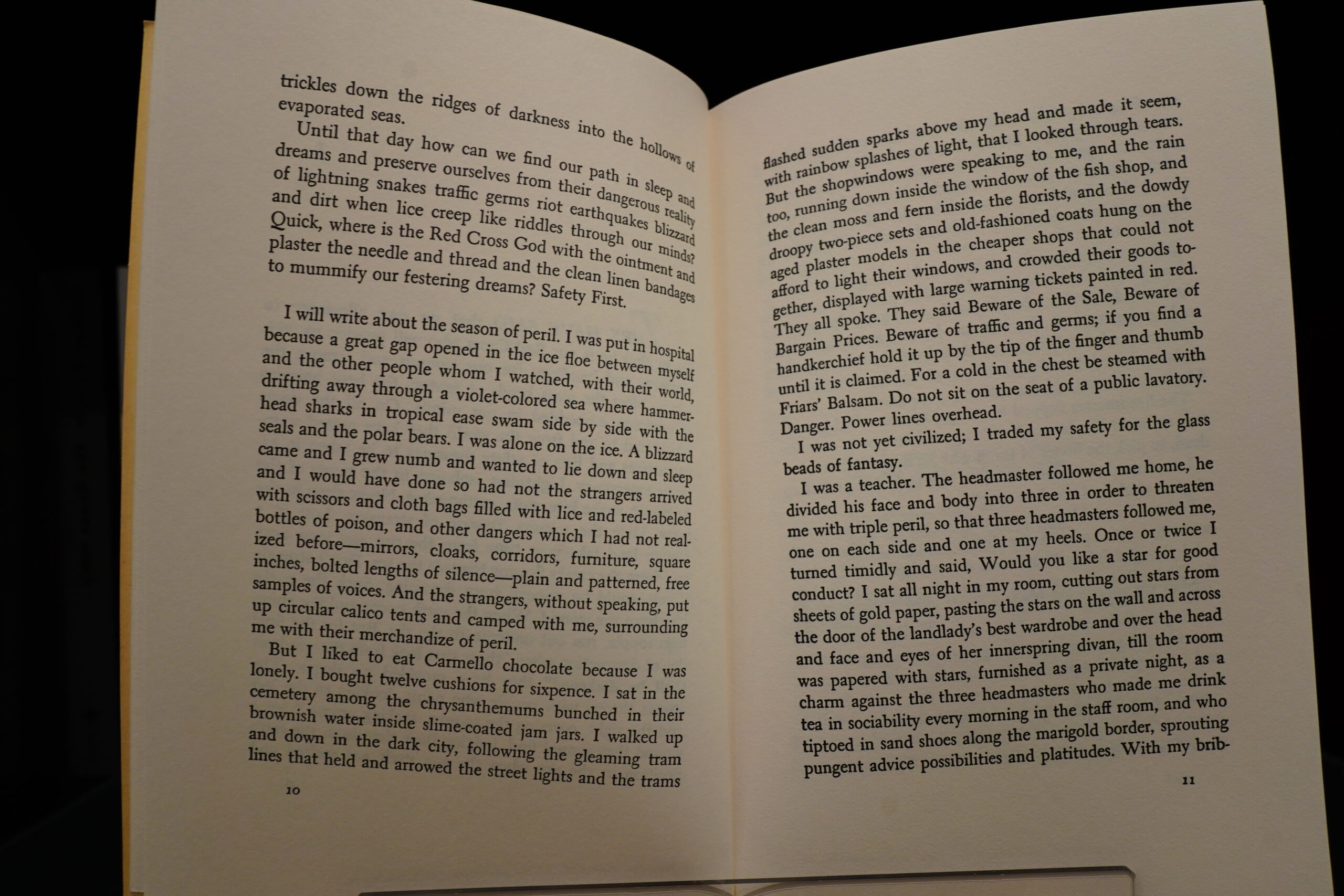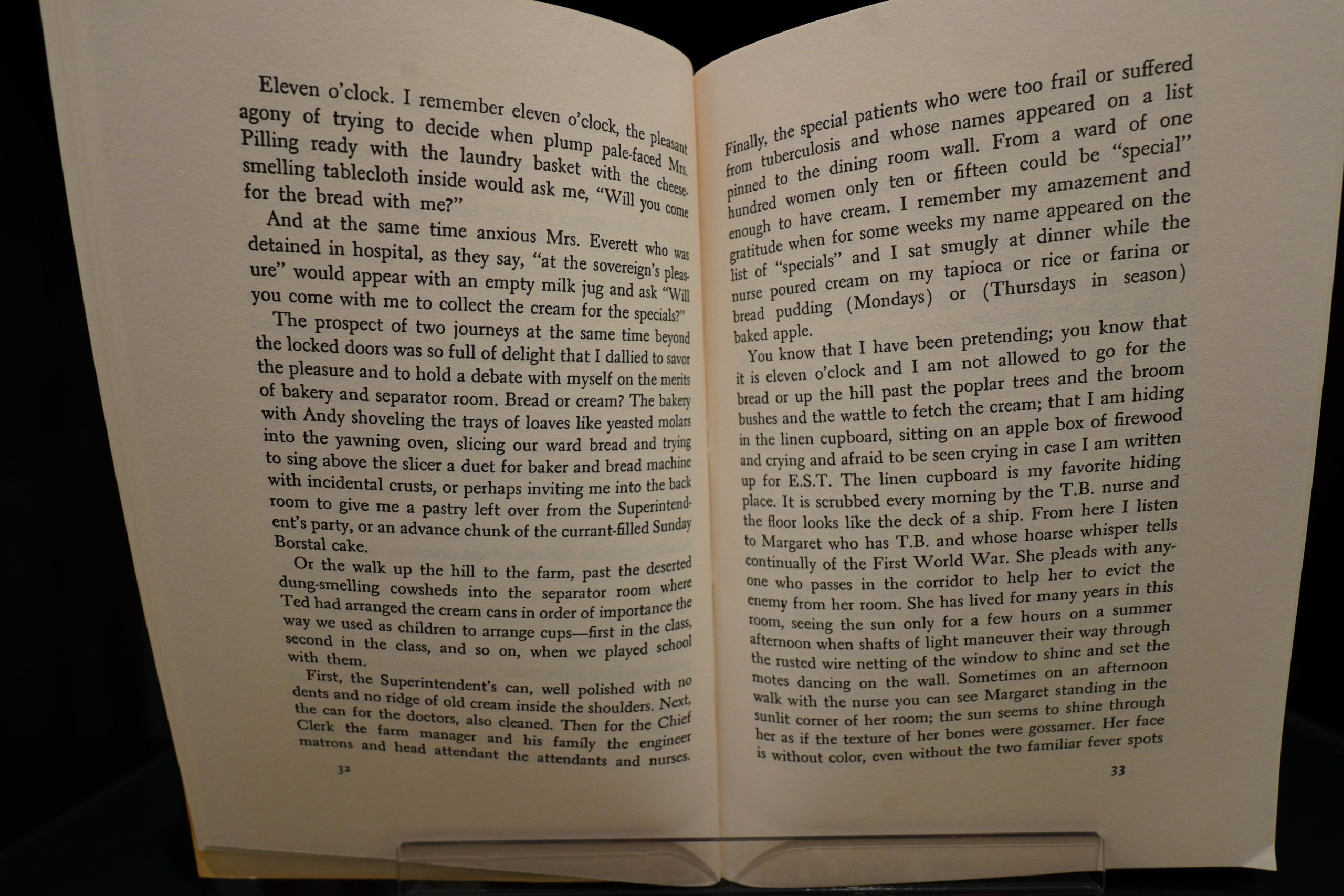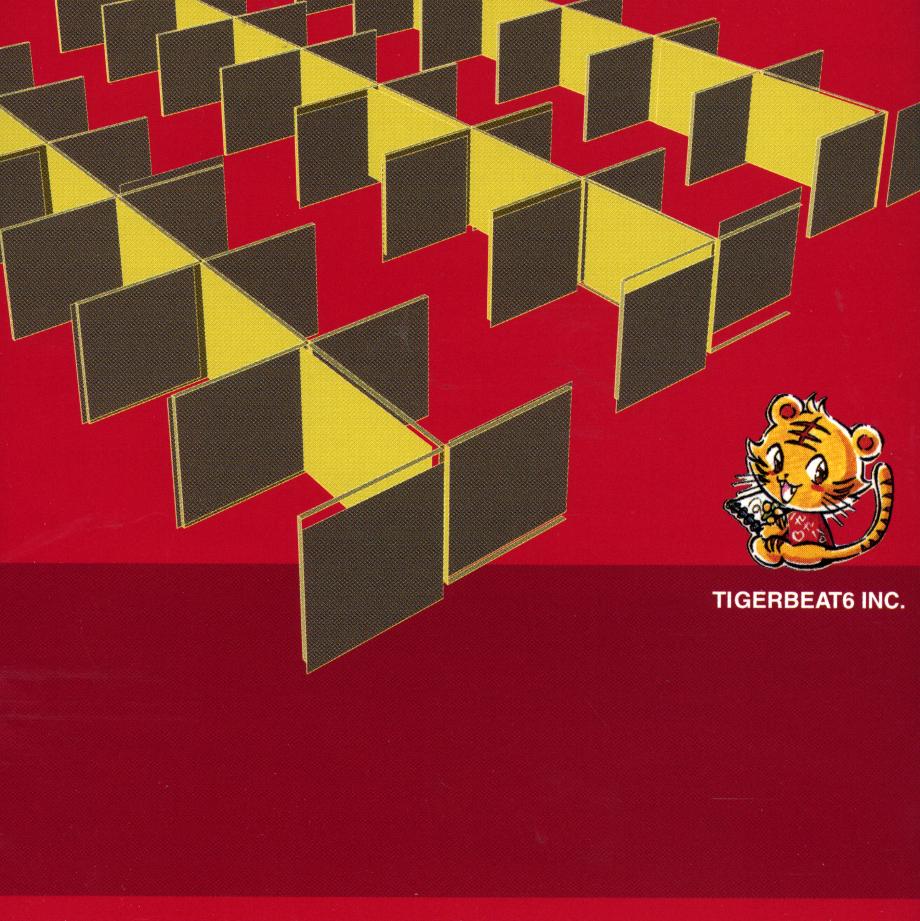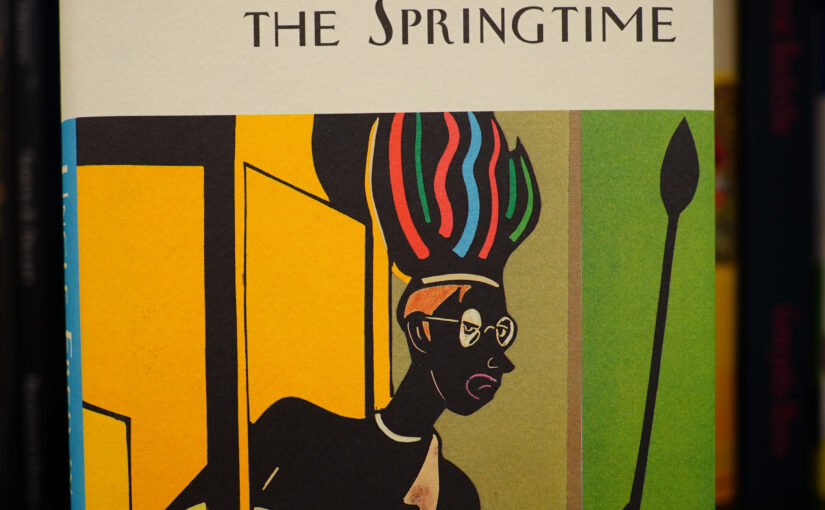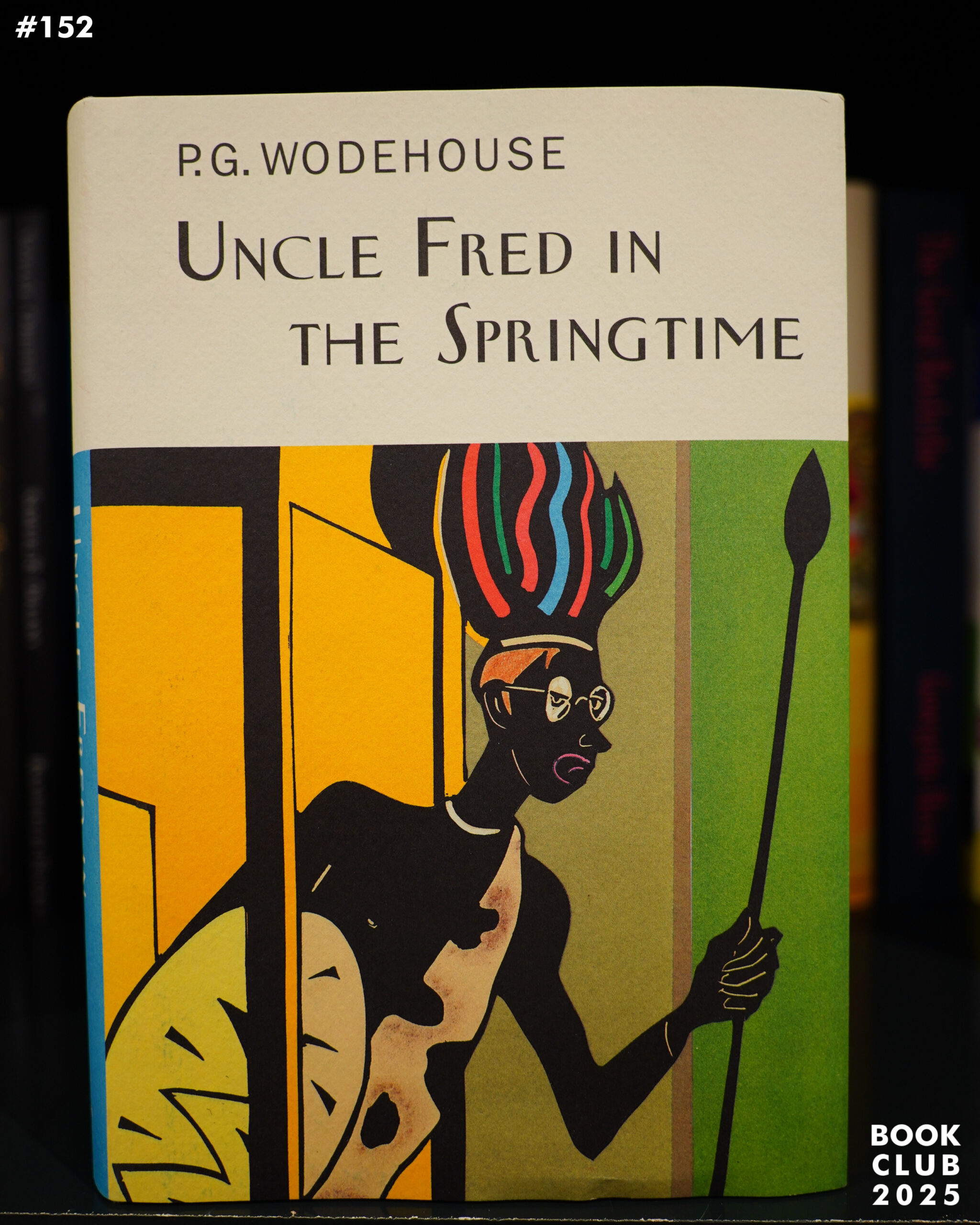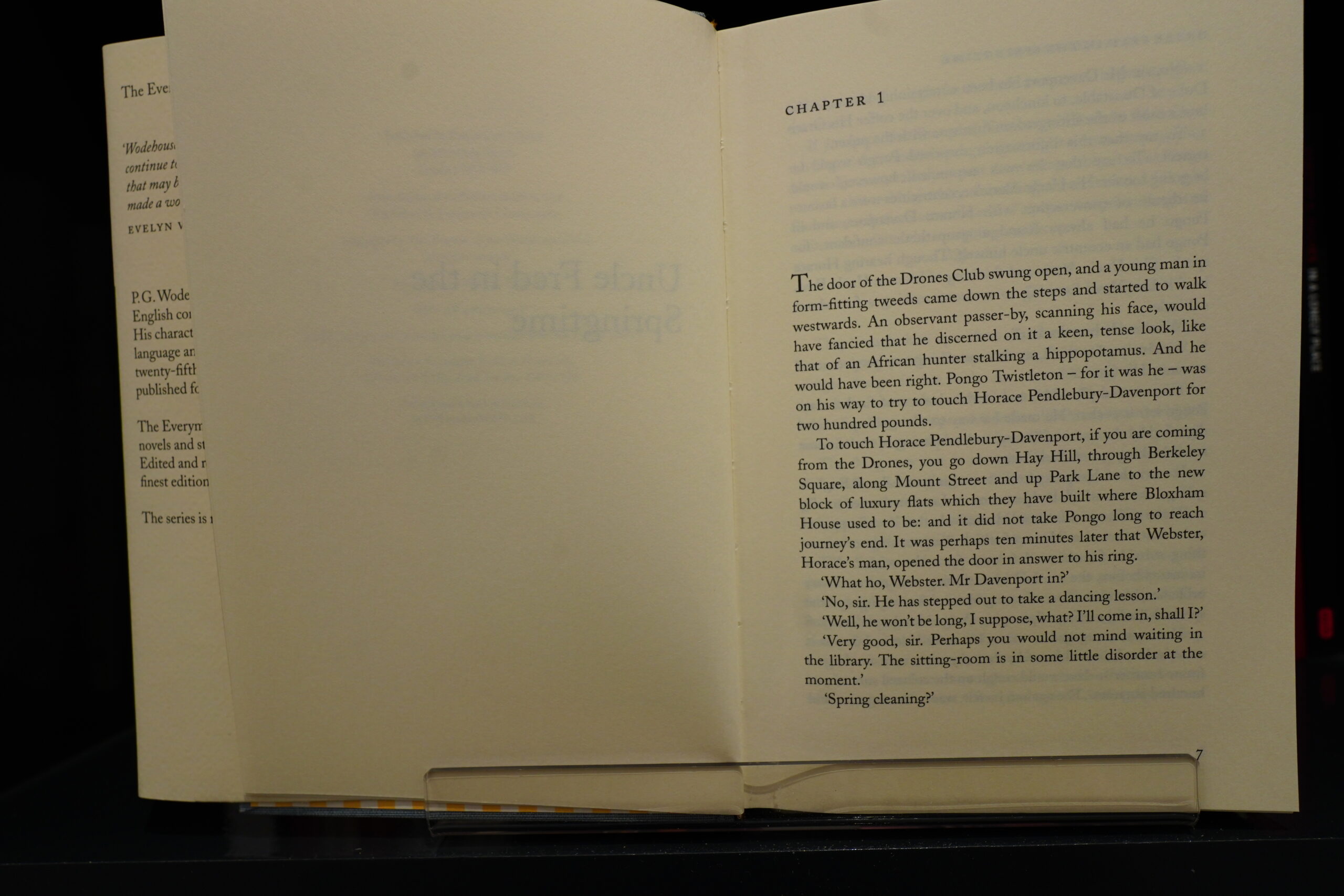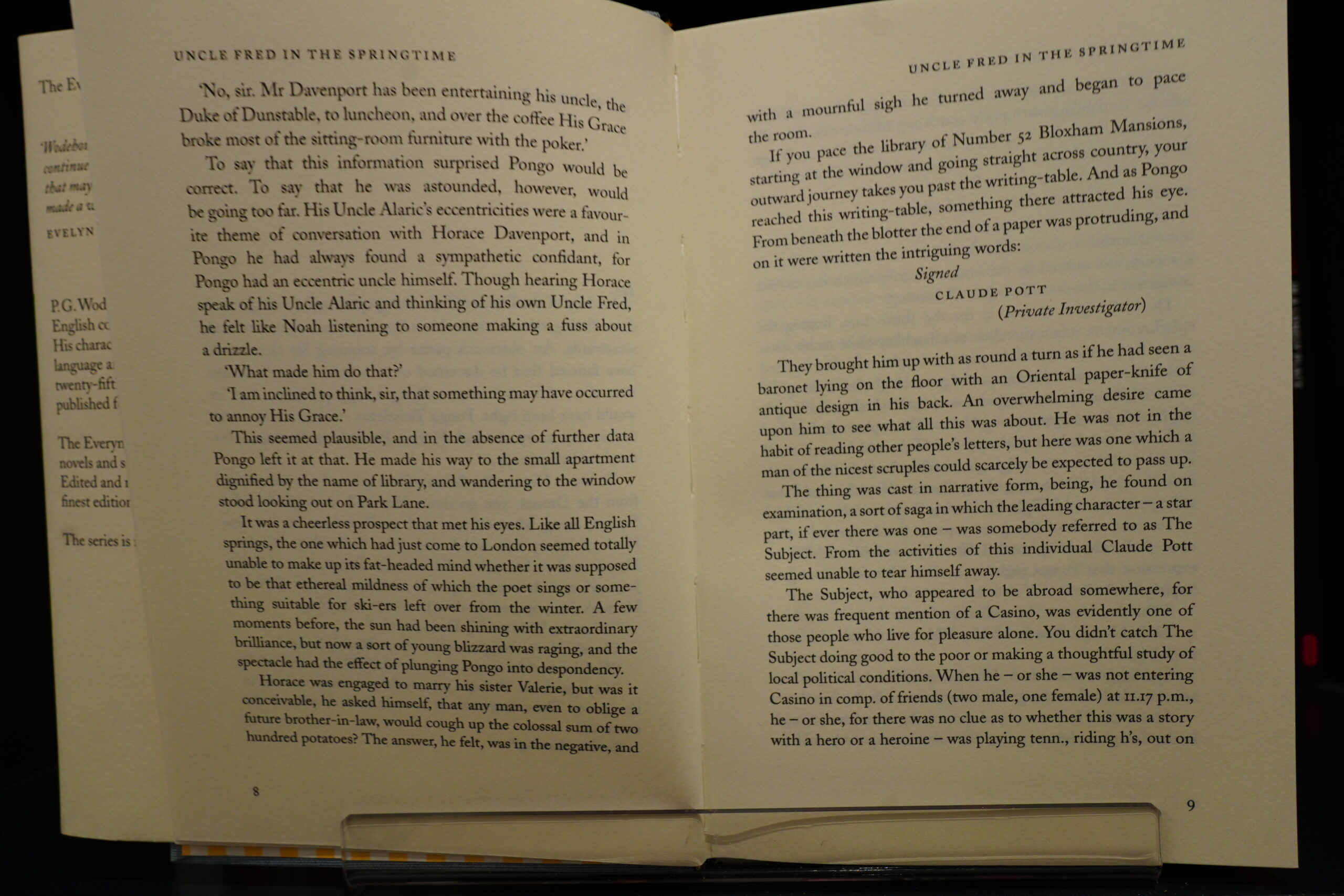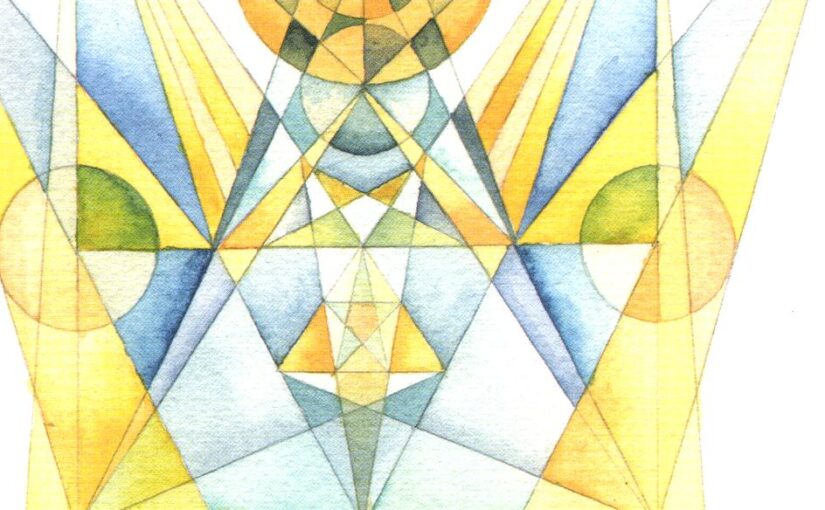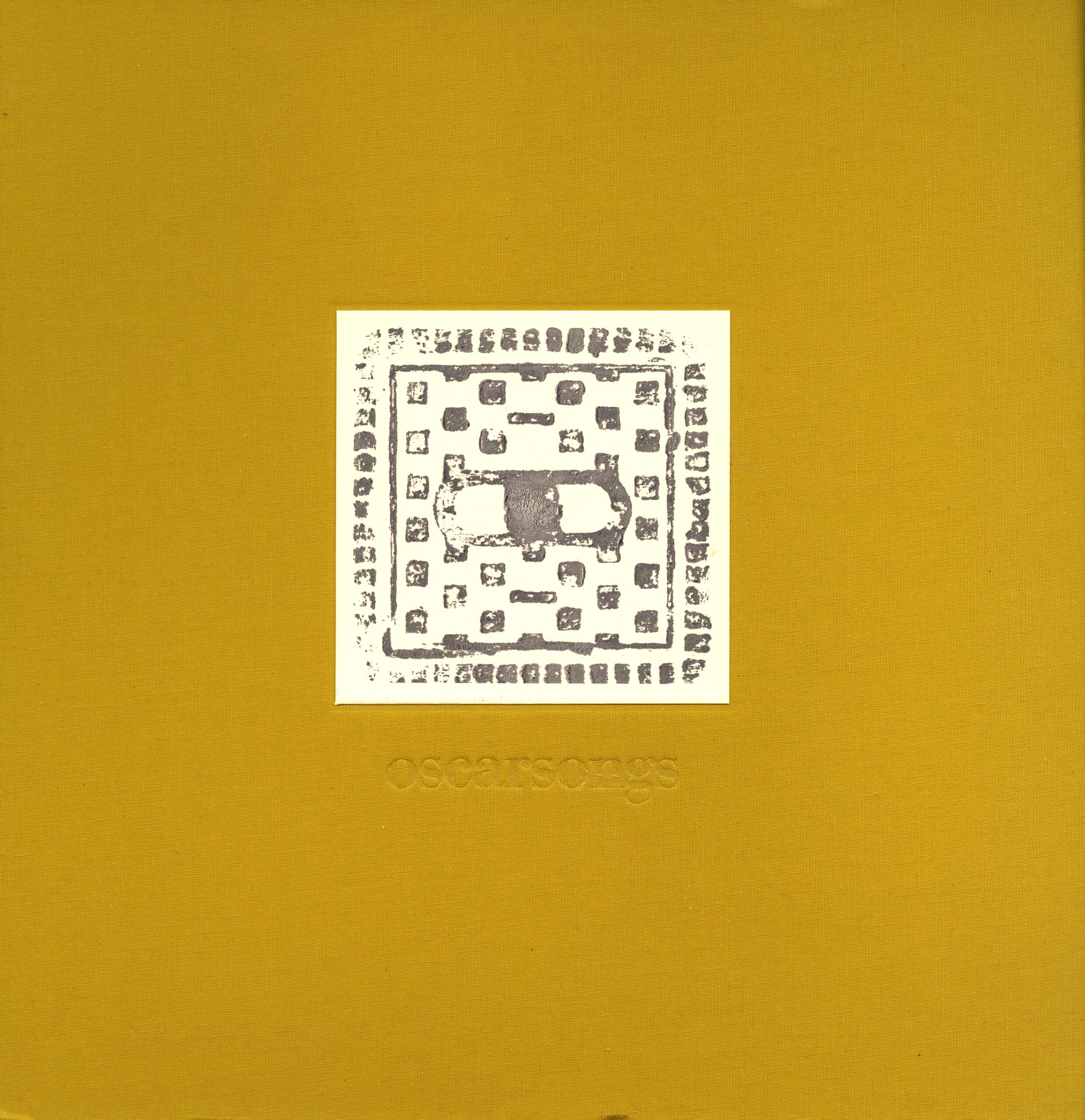Back in the 90s, Janet Frame had a real moment — Jane Campion made a successful movie (An Angel at My Table) based on Frame’s autobiography, and then Campion’s The Piano won a few Oscars, which together (I think) led to a rediscovery of Frame’s novels. I think I saw several of them being translated to Norwegian all of a sudden, for instance? And she was apparently shortlisted for the Nobel prize for literature:
Janet Frame was New Zealand’s best known but least public author. The originality and power of her fiction ensured that she was frequently spoken of as a candidate for the Nobel prize for literature, most recently last year, when a journalistic leak from Stockholm revealed that she was once again on the shortlist.
But you don’t hear a lot about Janet Frame these days, do you? I mean, she died in 2004, which usually means that an author’s book fall out of the general public consciousness, but in Frame’s case it just seems so…
I mean, I don’t think I’ve seen her name mentioned once in the last couple of decades.
Anyway, I’ve read almost all her novels — I bought them all in the 90s, and I’ve slowly worked my way through the backlog. After this one, there’s only one more left.
I think Living in the Maniototo is some kind of masterpiece. I read her first novel, Owls Do Cry last year, and it er wasn’t, so I’m ever so slightly trepidatious about this one, because it’s her second.
*phew* I needn’t have worried — this is fantastic.
She has such a straightforward way of writing that’s nevertheless slippery. I mean, read the two pages above — there’s something beautiful and also heartbreaking in the way that it’s written.
And the book is just filled with little bits like this. It’s engrossing and moving — it’s very emotionally affecting, while the writing is calm and collected.
Janet Frame also has quite a sense of humour, so there’s laughter in between the crying. (For the reader, I mean.) In short: The book’s ace.
Faces in the Water (1961) by Janet Frame (buy new, buy used, 4.02 on Goodreads)

